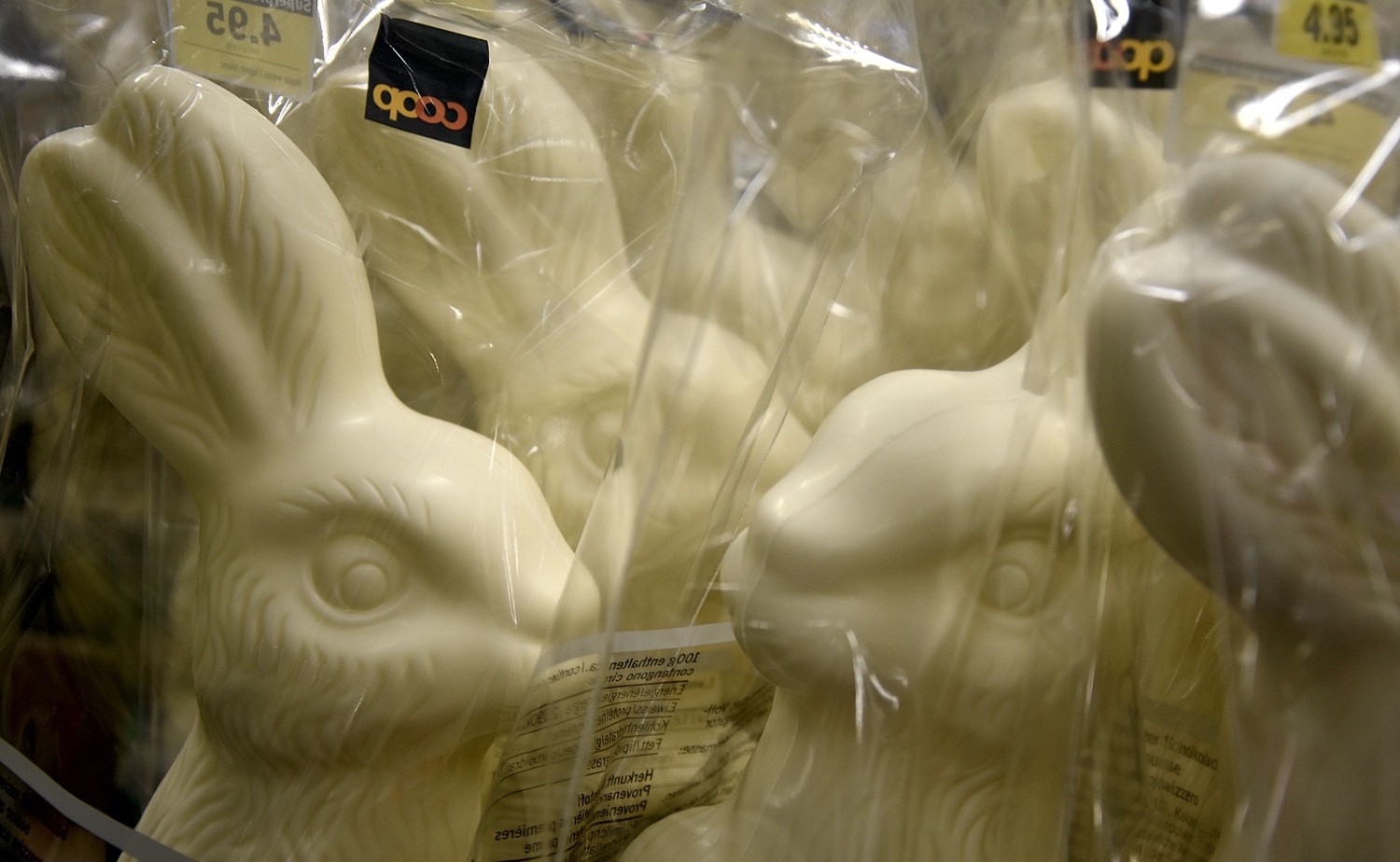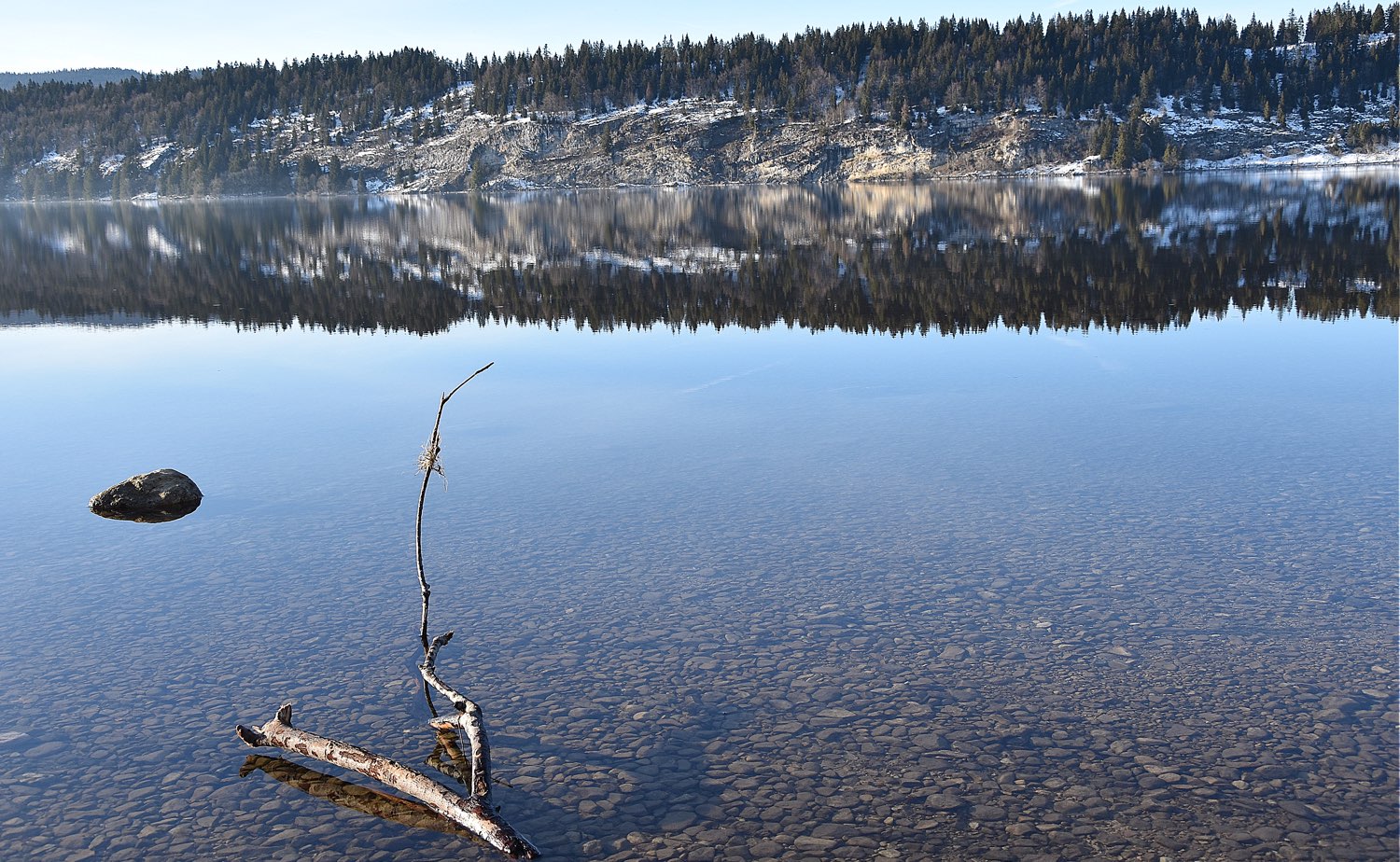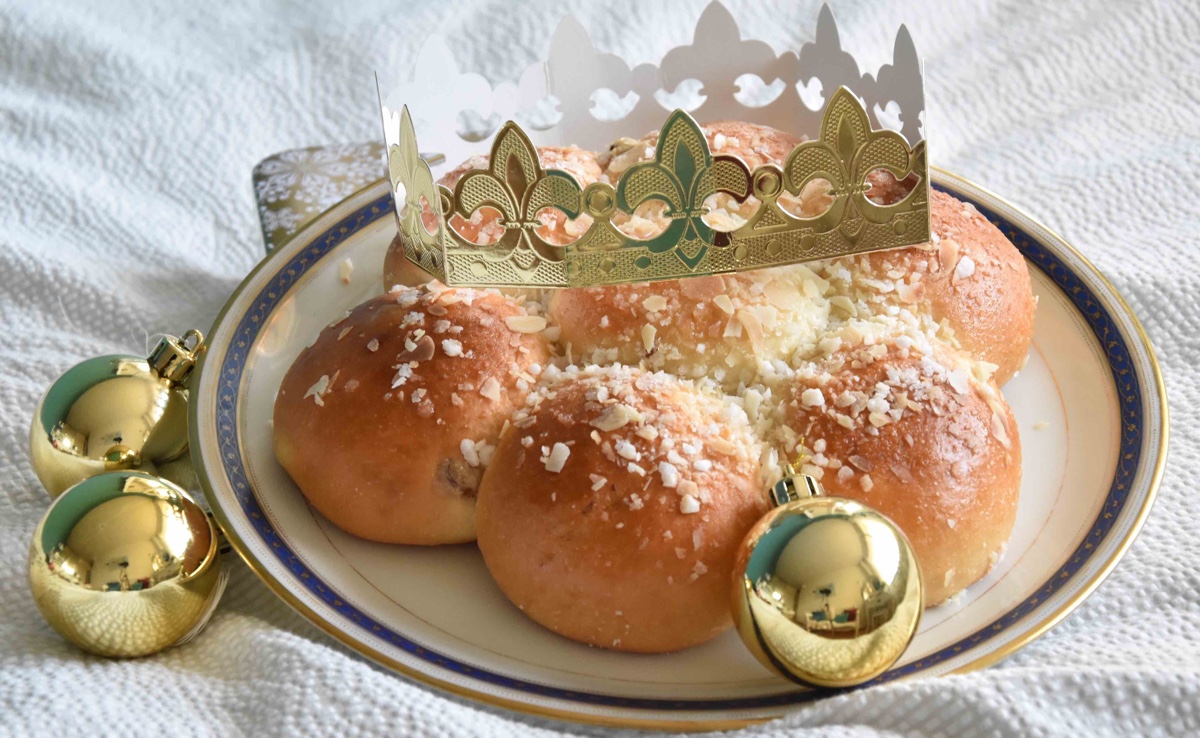This city is a hidden gem.
The old city of Berne is surrounded on three sides by the Aare River and thus on a peninsula. It dates back to the 12th century. The river offered a magnificent natural protection from enemies.
We start our tour at the main train station and mostly keep to the main street. After exploring the generous city square with the Bundeshaus (Houses of Parliament on the right) we go back to the main street. The next stop is the Zytglogge (the famous clock tower). The Münster is in a parallel lane on the right (that is the cathedral with stairs leading to the top with a great view of the city). Towards the end of the tour we cross an old stone bridge over the Aare River and hit Berne’s famous bear park on the right. The restaurant there is a microbrewery with the best beer in town. Street musicians add another layer of beauty to this city. Lot’s of interesting shops and restaurants have found their niche in the old city, adding colour to the laid back atmosphere. Many shopkeepers speak German, French and English.
Over the centuries Berne developed along a coherent planning concept and is now an official UNESCO World Heritage Site. It hardly needs to be mentioned that the city has a rich and diverse history.
As the capital city the Houses of Parliament and most state departments as well as the parliament of the canton of Berne are located in this city.
Berne actually is a really tiny place compared to many other capital cities of this world. It is definitely much smaller than the more dynamic Zürich, Geneva or Basel. Only about ½ million people live in Berne and the metropolitan area. During rush hour the traffic tends to jam a bit. When local people complain about those jams they have no idea what jams look like in other parts of the world. On the bicycle it takes me 30 minutes to cross it from one end to the other. Actually bikes are a great way to explore the city. There are several free bike rental stations and bike lanes throughout the city.
Since this is the capital of Switzerland all the embassies of the world are concentrated in mostly one stately neighbourhood. The city is home to a good university and many fine hospitals. It boasts a soccer and an ice hockey stadium. Berne also has an international school, a British and a French school, an International and an Anglican church, a few ethnic churches and many local churches, a synagogue, a couple of mosques and a Thai temple. Culturally Berne offers quite a few goodies too: a number of great museums, a city theatre and some other smaller theatres, a music hall, countless cinemas and even some night life too.
Berne is well connected to the rest of the country as well as internationally. It has a small international airport connecting it to quite a few destinations in Europe. The fast non-stop train ride to Zürich takes 58 minutes and on to the Zürich airport another 15 minutes. From Berne to Thun the train takes 20 minutes to Interlaken 50 minutes to Lucerne 90 minutes and to Geneva 105 minutes. Public transport within the city and around the country is very convenient and efficient but not cheap.
The quality of life here is one of the world’s highest. It is indeed a very peaceful place. There is hardly any air or water pollution. The green hills around the city invite for hikes out in nature. In summer heaps of local people enjoy swimming in the Aare River.
The locals of Berne are easy going and friendly. I love living here. Come and check us out!












